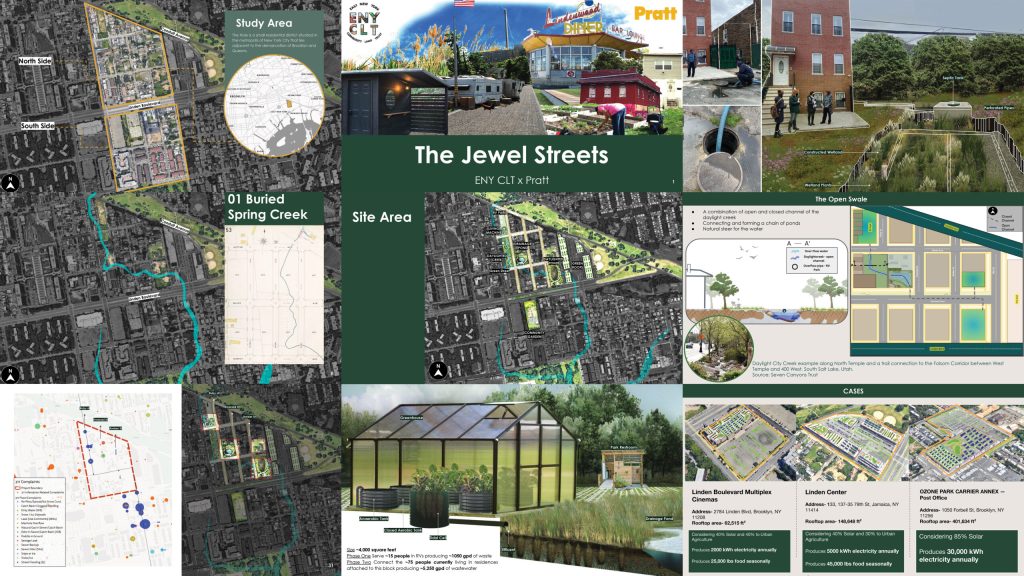In today’s rapidly evolving urban landscape, areas of development are at the forefront of public discourse. From infrastructure upgrades to housing initiatives, cities across the United States are redefining their growth strategies. The New York Times has been a key source for tracking these developments, offering insights into how communities are transforming and what lies ahead. This article explores the latest trends in areas of development, drawing on recent reports and analyses from The New York Times.
The Jewel Streets Neighborhood Plan
One of the most notable developments in New York City is the Jewel Streets Neighborhood Plan, announced by Mayor Eric Adams. This initiative aims to revitalize a historically underserved area in Brooklyn and Queens. The plan includes significant investments in infrastructure, such as a new drainage system to combat chronic flooding, improved traffic safety along Linden Boulevard, and the creation of thousands of new homes.
The city has already begun implementing short-term solutions, such as installing storm sewers and catch basins at four intersections. These efforts have drastically reduced the time it takes for water to drain from 60 days to just two days. Long-term plans include a comprehensive rezoning proposal to unlock additional housing opportunities and enhance community spaces.
Addressing Flooding and Infrastructure Challenges
Chronic flooding has long been a problem in the Jewel Streets area, which is often referred to as “The Hole” due to its sunken streets. To tackle this issue, the city is investing in a new drainage system that will eliminate the use of outdated septic systems and protect residents from future flooding. The plan includes:
- New sanitary sewers across the neighborhood.
- A stormwater and sanitary pump station.
- A network of storm sewers leading to bluebelt ponds that store and filter rainwater.
- Reconstructed streets with sidewalks, street trees, and safety improvements.
These improvements are part of a broader effort to make the neighborhood more resilient to climate change and improve the quality of life for residents.
Enhancing Safety for Residents
Safety is another critical focus of the Jewel Streets Neighborhood Plan. The city is implementing bus priority and traffic safety improvements along Linden Boulevard, a Vision Zero corridor. These changes aim to reduce speeding, protect pedestrians, and enhance bike and pedestrian safety. With over 38,000 daily bus riders, the improvements are expected to have a significant impact on the community.
Additionally, the city is working closely with community stakeholders to ensure that the plan reflects the needs and concerns of local residents. Public workshops, biweekly meetings, and neighborhood tours have all played a role in shaping the final plan.
Unlocking New Housing Opportunities
Housing affordability is a major concern in many urban areas, and the Jewel Streets plan addresses this by pursuing an ambitious rezoning proposal. This rezoning will enable the creation of approximately 3,600 new homes, along with retail and community spaces along Linden Boulevard. The goal is to balance new development with the preservation of the neighborhood’s character.
The city is also developing a 17-acre site within the neighborhood to build up to 1,400 new affordable and mixed-income homes. This project includes community facilities, retail spaces, and green open areas. It aligns with Mayor Adams’ Executive Order 43, which encourages the use of city-owned land for new housing.
Supporting Residents Through Resilient Acquisitions
To help residents navigate the changes, the city is launching a range of initiatives, including the “Resilient Acquisitions” pilot program. This program offers support to residents who may want to remain in their homes through retrofits that improve flood resiliency or voluntarily relocate to lower-risk areas.
Residents can express interest in receiving this support by filling out an online form. The city is committed to ensuring that the plan is implemented in a way that is equitable and responsive to the needs of all community members.
The Broader Context of Urban Development
While the Jewel Streets plan is a specific example of urban development, it reflects broader trends across the United States. Cities are increasingly focusing on infrastructure upgrades, housing affordability, and climate resilience. The New York Times has covered these issues extensively, highlighting the challenges and opportunities facing urban communities.
One of the key themes in recent coverage is the shift towards more sustainable and inclusive growth. This includes efforts to address sprawl, promote mixed-use development, and create more walkable neighborhoods. As cities continue to grow, the need for thoughtful planning and community engagement becomes even more critical.
Conclusion
The areas of development in the United States are undergoing significant transformation, driven by a combination of infrastructure needs, housing demands, and environmental concerns. The Jewel Streets Neighborhood Plan in New York City exemplifies the kind of comprehensive approach needed to address these challenges. By investing in infrastructure, enhancing safety, unlocking housing opportunities, and supporting residents, the city is setting a precedent for other urban areas.
As the conversation around urban development continues, it is clear that the lessons learned from initiatives like the Jewel Streets plan will shape the future of cities across the country. The New York Times remains a vital resource for tracking these developments and providing insight into the complex issues facing urban communities.
For those interested in staying updated on the latest trends in areas of development, following The New York Times and local news outlets is essential. With ongoing projects and new policies emerging regularly, there is always something new to learn about the evolving urban landscape.
Stay updated with the latest news and be part of the conversation on the future of our cities.
Author: [Name]
Title/Role: [Job Title or Expertise]
Credentials: [Qualifications or Experience Related to Urban Development]
Profile Link: [Optional Profile Link]
Sources:
1. New York City Mayor’s Office
2. The New York Times – Jewel Streets Neighborhood Plan
3. Urban Sprawl and Its Impact on U.S. Cities
Internal Links:
1. Understanding Urban Development Trends
2. The Future of Housing in America
3. Sustainable Cities and Climate Resilience
Schema Markup:
{
"@context": "https://schema.org",
"@type": "Article",
"headline": "Understanding the Latest Trends in Areas of Development According to The New York Times",
"description": "Explore the latest developments in urban planning and infrastructure in the United States, as reported by The New York Times.",
"author": {
"@type": "Person",
"name": "[Name]"
},
"publisher": {
"@type": "Organization",
"name": "[Your Website Name]",
"logo": {
"@type": "ImageObject",
"url": "[Your Logo URL]"
}
},
"datePublished": "2025-10-25"
}
Featured Snippet:
“New York City’s Jewel Streets Neighborhood Plan aims to revitalize a historically underserved area with infrastructure upgrades, improved safety, and the creation of thousands of new homes.”
URL Slug: us-trending-news-areas-of-development-nyt
Alt Text for Images:
–
–
–
–
–











More Stories
Everything You Need to Know About the White House Official Website
How to Unscramble the Word ‘Rehlba’ and Find Its Meaning
What Is Trick Or Treat Street? A Guide to the Popular Halloween Tradition